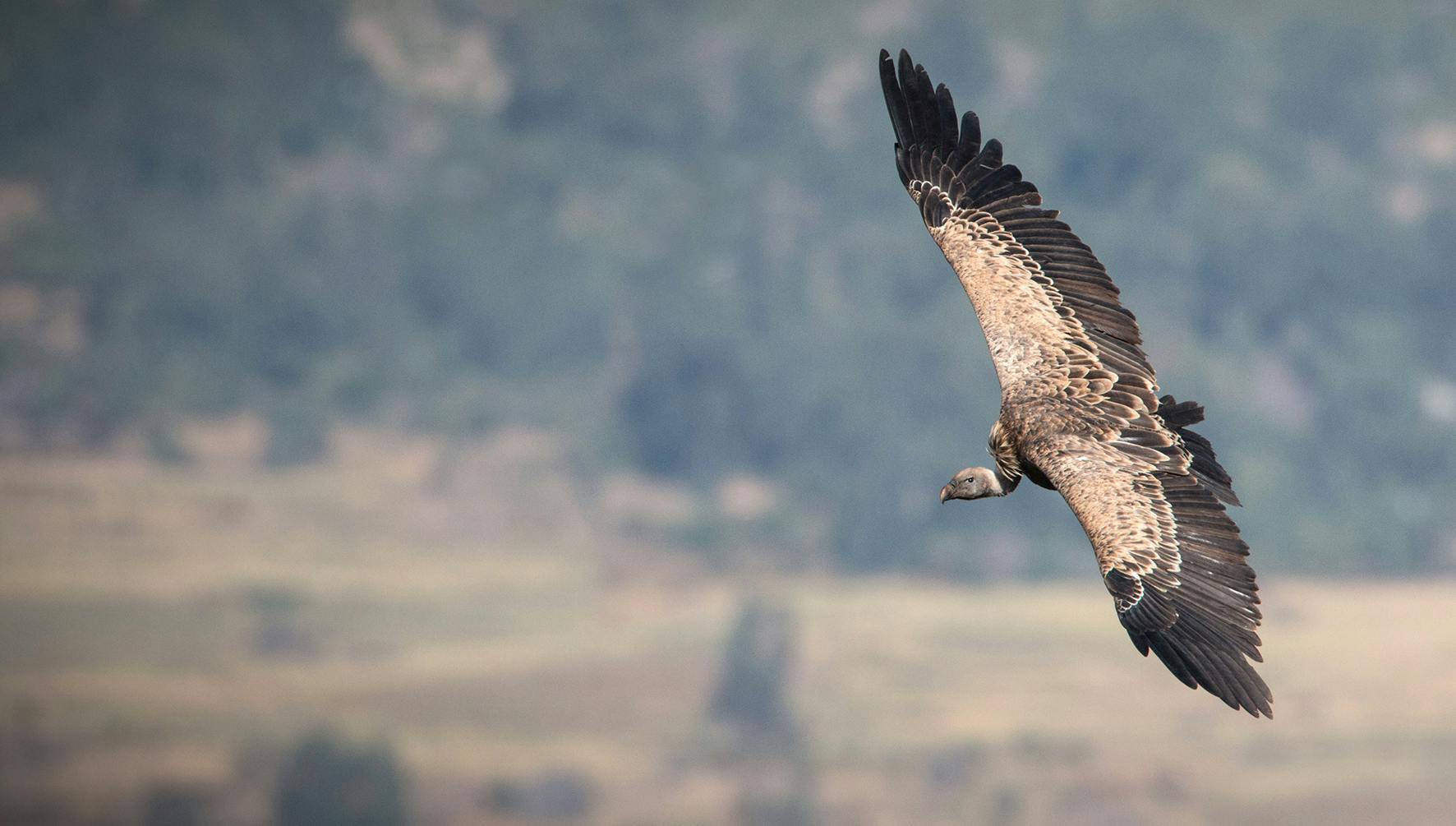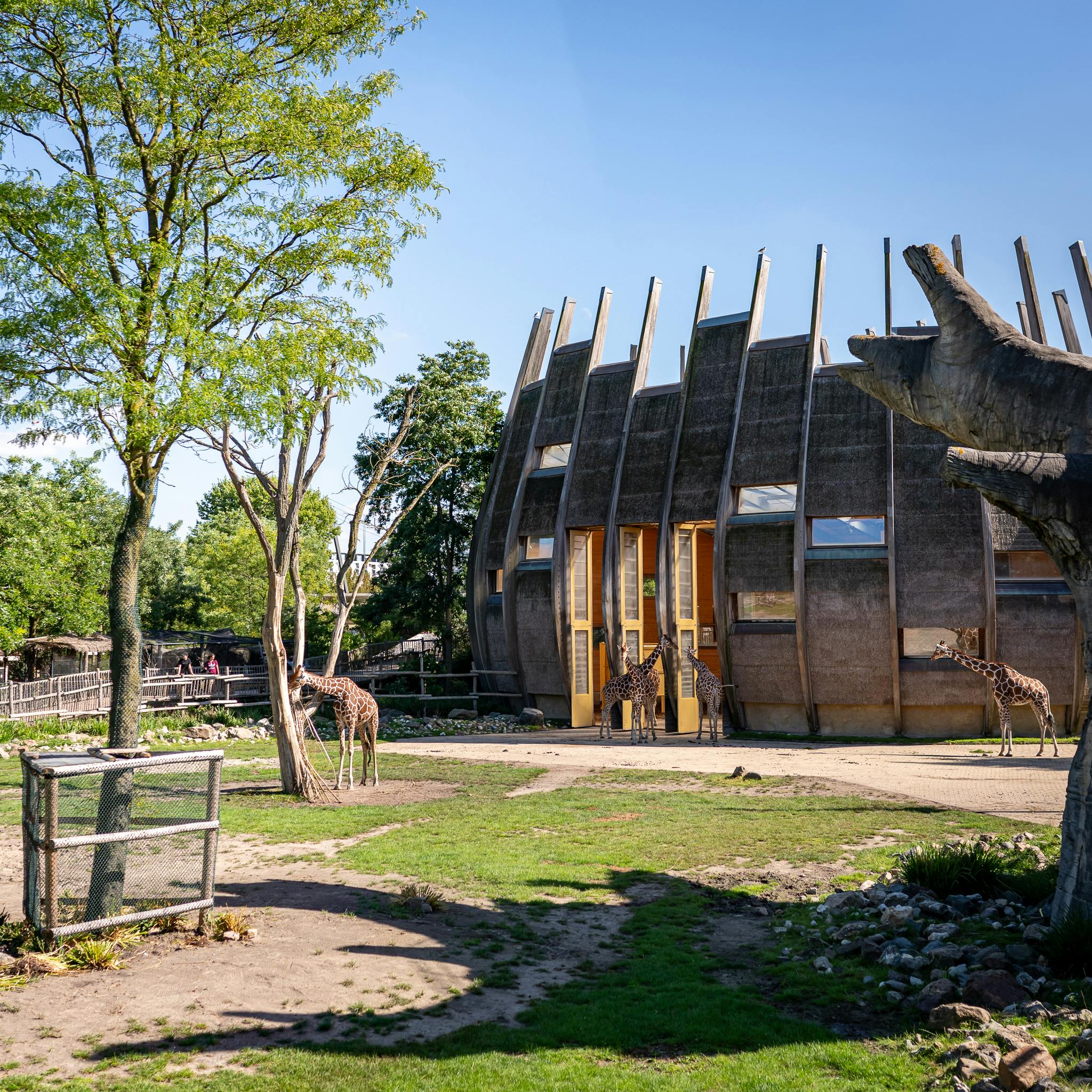Within a populationmanagement program, the focus is on how the zoo population can support wild populations. To determine this, the coordinator assesses the threat level to a species and the reasons behind it, using resources like the IUCN Red List, the world's most comprehensive source of information on species and their conservation status.
Additionally, they examine the size and genetic value of zoo populations globally. Based on this information, the role of a population management program is determined. Such a program might have an educational role or be involved in developing a reserve population that could be useful for reintroductions. Unfortunately, more and more species are facing extinction. Therefore, the role of the population management program is reassessed every five to ten years. This way, population management programs increasingly become part of species conservation efforts in their countries of origin. We follow the 'One Plan Approach' initiated by the IUCN, which aims to connect all global conservation initiatives to create a collective strategy.





